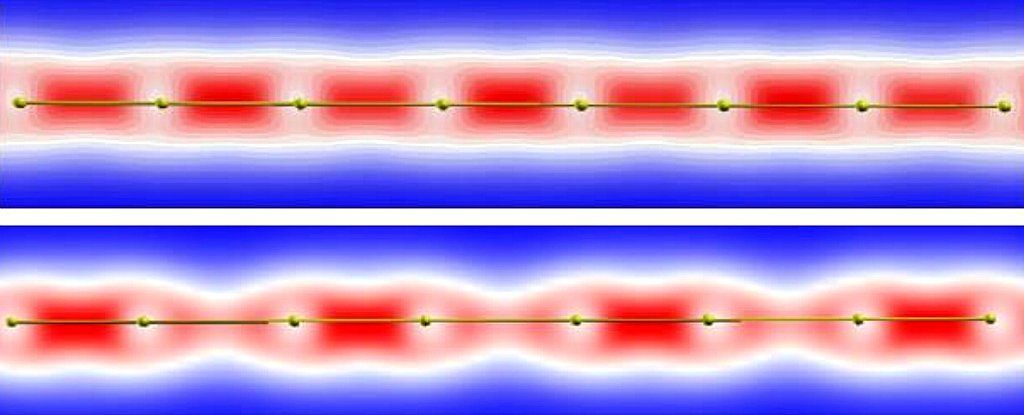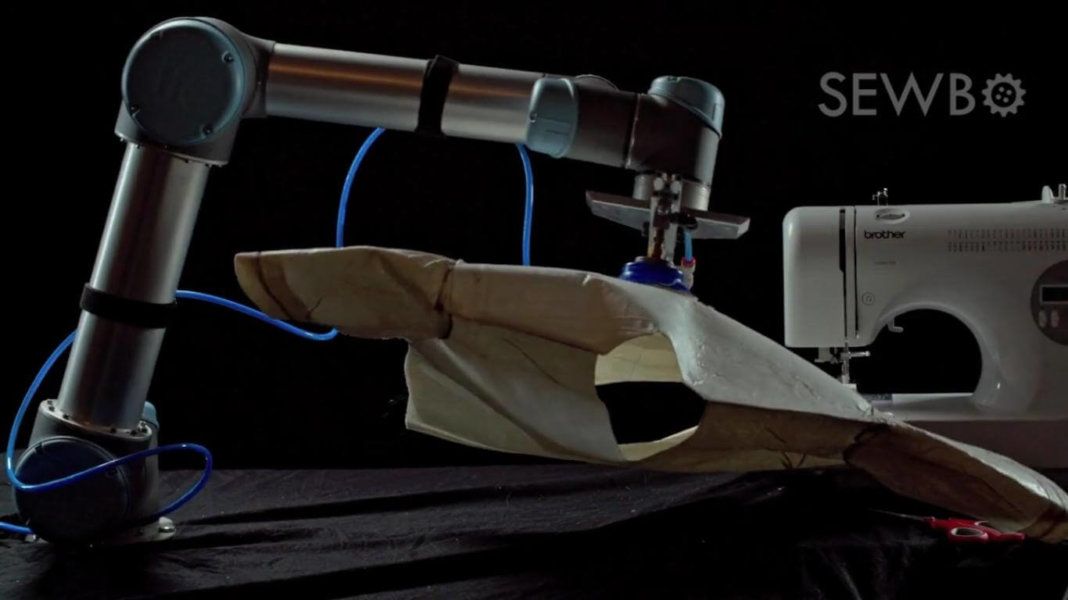Feb 4, 2017
Scientists Simulate a New Material That Could Be Even Weirder Than Graphene
Posted by Shane Hinshaw in categories: computing, nanotechnology, particle physics
We all love graphene — the one-atom-thick sheets of carbon aren’t just super flexible, harder than diamond, and stronger than steel, they’ve also recently become superconductors in their own right.
But it’s not the only over-achieving nanomaterial out there. Researchers have just simulated a stretched out, one-dimensional (1D) chain of boron, predicting that the material could have even weirder properties than graphene.
Continue reading “Scientists Simulate a New Material That Could Be Even Weirder Than Graphene” »

















